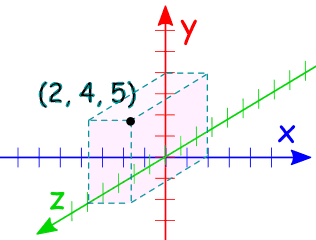Constraints are restrictions or limitations within 3D animation, a 3D animation artist must consider may constraints such as polygon count, render count and file size.
Polygon count:
Polygon count is the number of faces used to construct a shape, the higher the polygon count is, the higher quality of the image is however it will also take longer to render. Games consoles such as Microsoft's Xbox 360 can render 5000,000,000 polygons per second in comparison to Sony's PS3 which can manage just over half that at 275,000,000 polygons per second. These consoles allow users to play games however they need to render at 30 frames every second at minimum and consequently the on screen polygon count drops to 16.6 million for the Xbox 360 and 9.1 million for the PS3.
As you can see below this is the process of adding more faces to a 3D model, the blue mugs are simply coloured and rendered images of the skeleton model above, the last model on the right is very smooth and most realistic as it has the most faces and therefore would take the longest time to render, I will explain more about this in the paragraph below.
Render time:
Render time is how long it takes to generate an image from a 2D or 3D image. As I mentioned before the higher the polygon count, the longer an image will take to render. To give you a perspective of how long rendering takes, a single second from Toy Story 3 would have taken 384 hours to render! This is due to the fact it has a high polygon count. It is important to ensure the frame rate is high as the higher the frame rate the better the quality. In gaming anything under 30 frames per second is noticeable to the player meaning the will have a negative experience of the game.
This image shows a model before and after it has been rendered.
File size:
File size is a restraint from many reasons, one being the file must be saved somewhere and if it is a very large file such as a game or video. An alternative would be saving it to a disk or even to the cloud however if the file were to big it would not be able to be played on the devices it was created for. Some games come as two disks, one for downloading content the other to play. To continue the quality of the game also relies on the space available on the ram. This is because the content of disk one of two is stored on the ram for easy access. The more space on the ram the better quality the gaming experience is as features such are draw distances will be of a high quality. Below are two images of game play in which the full content has not downloaded, this is often known as lagging and is caused by the size of the file and therefore it takes longer to be processed and then displayed on the screen.










































